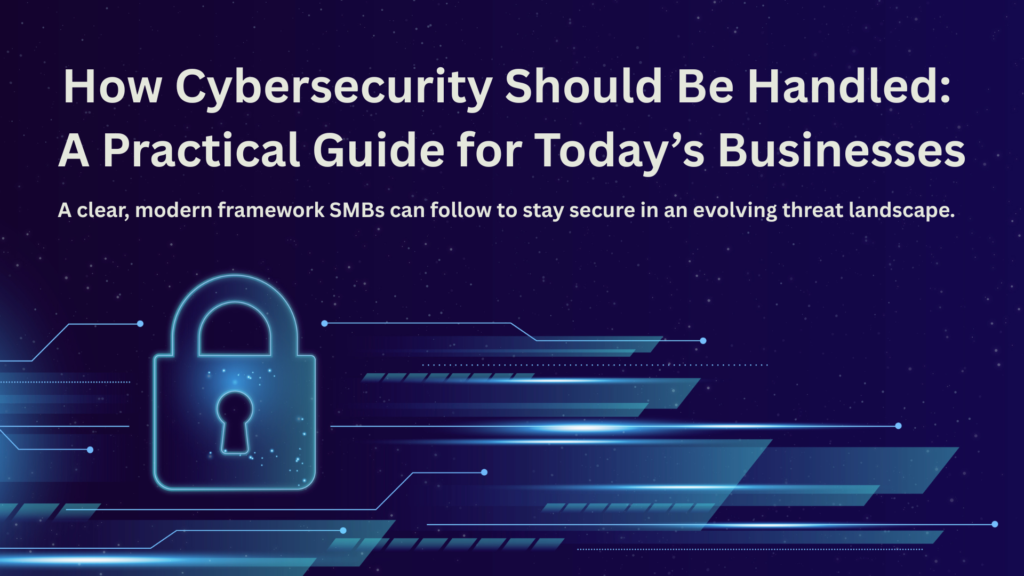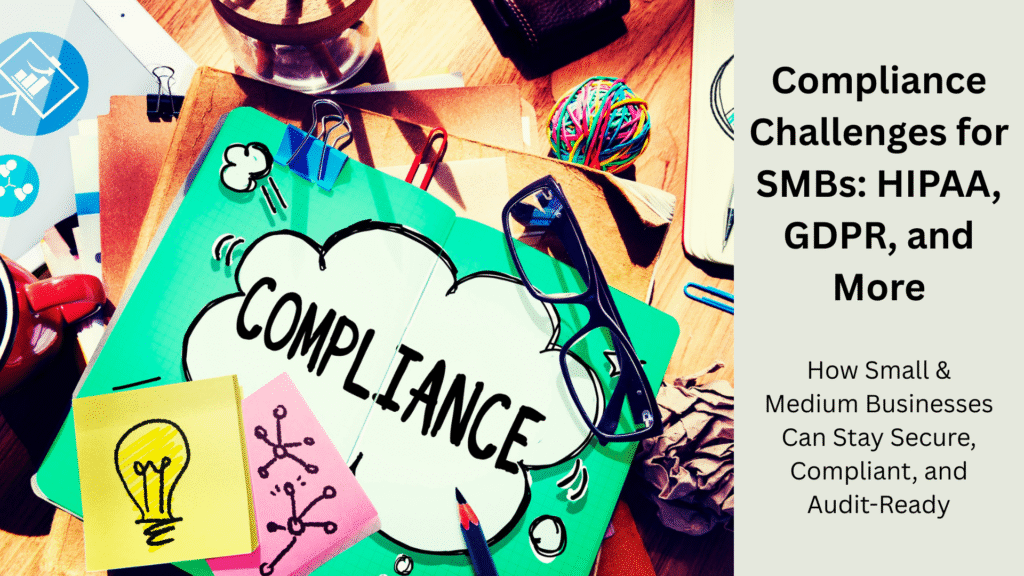Poindexters Lab
June 5, 2024
In the digital age, where our lives are intertwined with the internet, cybersecurity is a paramount concern. Phishing, a malicious tactic aimed at stealing sensitive information by masquerading as trustworthy entities, has evolved significantly over the years. As security measures have advanced, so too have the techniques employed by cybercriminals. Understanding this evolution is crucial in developing effective strategies to protect against these ever-changing threats.
The Early Days: Simple and Straightforward
Phishing first gained prominence in the mid-1990s. Early phishing emails were relatively unsophisticated, often containing blatant spelling and grammatical errors, making them easy to spot for vigilant users. These emails typically enticed recipients to click on malicious links or provide personal information by pretending to be from reputable sources such as banks or popular online services.
Example: A classic phishing email from this era might look like an urgent message from “YourBank” asking you to “update your account information” by clicking on a dubious link.
The Evolution: Crafting Deception
As awareness of phishing grew, so did the complexity of the tactics. Cybercriminals began to employ more sophisticated social engineering techniques. They meticulously crafted emails that closely resembled legitimate communications from trusted organizations. The use of personal information to make the messages more convincing also became prevalent.
Key Developments:
- Brand Imitation: Phishers began to replicate the branding, language, and tone of legitimate emails, making it challenging for users to distinguish between real and fake messages.
- Spear Phishing: Unlike broad phishing campaigns, spear phishing targets specific individuals or organizations, often using personal information to increase the likelihood of success.
- Clone Phishing: In this technique, a legitimate email is cloned and slightly modified to include a malicious link or attachment, making the attack seem even more credible.
Modern Phishing Techniques: Adaptive and Resilient
Despite advances in security technologies, phishing remains a potent threat. Modern phishing techniques are adaptive, exploiting new technologies and user behaviors.
Pharming: This method redirects users from legitimate websites to fraudulent ones without their knowledge. Attackers compromise DNS servers or use malware to achieve this redirection.
Smishing and Vishing: Phishing has extended beyond email to SMS (smishing) and voice calls (vishing). These attacks exploit the trust users place in mobile communications and voice interactions.
Business Email Compromise (BEC): BEC schemes target businesses to defraud them of large sums of money. These attacks often involve impersonating a high-level executive and requesting urgent wire transfers.
AI-Powered Phishing: Cybercriminals now leverage artificial intelligence to automate and enhance their phishing campaigns. AI can create more convincing phishing emails by analyzing vast amounts of data to mimic writing styles and personalize messages.
Countermeasures: Staying Ahead of the Curve
Modern security controls have significantly improved, but they must continually evolve to keep pace with phishing techniques.
Technological Solutions:
- Advanced Email Filtering: Modern email filters use machine learning and AI to detect and block phishing emails with higher accuracy.
- Multi-Factor Authentication (MFA): MFA adds an extra layer of security, making it more difficult for attackers to gain access even if they have obtained user credentials.
- Secure Browsing Practices: Browser-based security features, such as HTTPS and anti-phishing extensions, help protect users from malicious sites.
User Education:
- Awareness Training: Regular training programs help users recognize and respond appropriately to phishing attempts.
- Simulated Phishing Attacks: Organizations often conduct simulated phishing attacks to test and improve their employees’ vigilance.
Policy and Governance:
- Incident Response Plans: Having a robust incident response plan ensures quick and effective action when a phishing attack occurs.
- Regulatory Compliance: Adhering to industry regulations and standards, such as GDPR and PCI DSS, helps enhance overall security posture.
Conclusion:
The cat-and-mouse game between cybercriminals and cybersecurity professionals is ongoing. As phishing techniques continue to evolve, so too must our defenses. By combining advanced technological solutions, continuous user education, and robust security policies, we can stay one step ahead in protecting our digital lives from the ever-present threat of phishing. Remember, vigilance and adaptability are our best defenses against the constantly shifting landscape of cyber threats.






